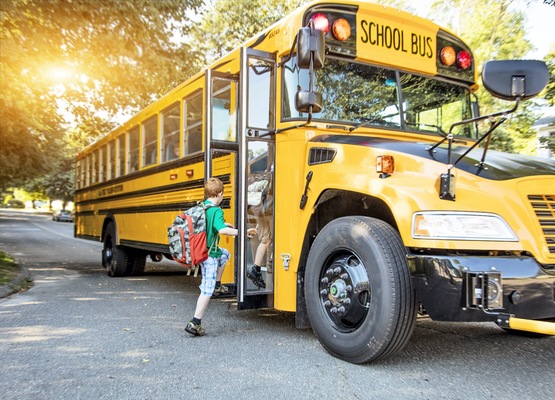
Ensuring safe and efficient transportation is a critical component of school operations. With millions of students relying on school buses every day, it is essential to implement best practices to ensure their safety and security. In this article, we will discuss key considerations and best practices for ensuring safe and efficient school bus transportation.
- Regular maintenance and inspections
Regular maintenance and inspections are critical to ensuring the safe operation of school buses. It is essential to ensure that school buses are maintained in good working condition and are inspected regularly for any mechanical issues. A comprehensive maintenance program should be implemented that includes regular oil changes, tire rotations, and brake checks.
- Proper driver training
School bus drivers play a crucial role in ensuring safe and efficient transportation. Drivers should receive proper training in driving techniques, defensive driving, and handling emergency situations. Additionally, drivers should be trained to follow traffic rules and regulations and to ensure the safety of their passengers.
- Safety procedures and emergency preparedness
Schools should have comprehensive safety procedures in place to ensure that all students are transported safely. These procedures should cover emergency situations, such as accidents or incidents that may occur while students are being transported. Schools should also have an emergency preparedness plan in place, which includes training for drivers and staff and communication protocols in case of an emergency.
- Student behavior management
Proper student behavior management is essential to ensure a safe and efficient school bus transportation system. Schools should have clear rules and expectations for student behavior on school buses, and drivers should be trained to manage student behavior effectively. In addition, schools should have policies in place to address student misconduct, including appropriate disciplinary measures.
- Communication and collaboration
Communication and collaboration are key to ensuring a safe and efficient school bus transportation system. Schools should work closely with transportation providers to ensure that all buses are maintained properly and that drivers are trained to follow all safety protocols. Schools should also communicate regularly with parents and guardians to keep them informed about transportation issues and to gather feedback on the transportation system.
- Technology solutions
Technology solutions, such as GPS tracking systems, can be used to monitor the location and speed of school buses in real-time. This can help transportation providers to identify any issues and make necessary adjustments to improve safety and efficiency. Additionally, video surveillance systems can be used to monitor student behavior on school buses and identify any potential safety concerns.
In conclusion, ensuring safe and efficient school bus transportation requires a comprehensive approach that includes regular maintenance and inspections, proper driver training, safety procedures and emergency preparedness, student behavior management, communication and collaboration, and technology solutions. By implementing these best practices, schools can ensure that all students are transported safely and efficiently, providing parents and guardians with peace of mind.















.png)
.png)








Leave Your Comment & Rating Below
0 Comment(s)